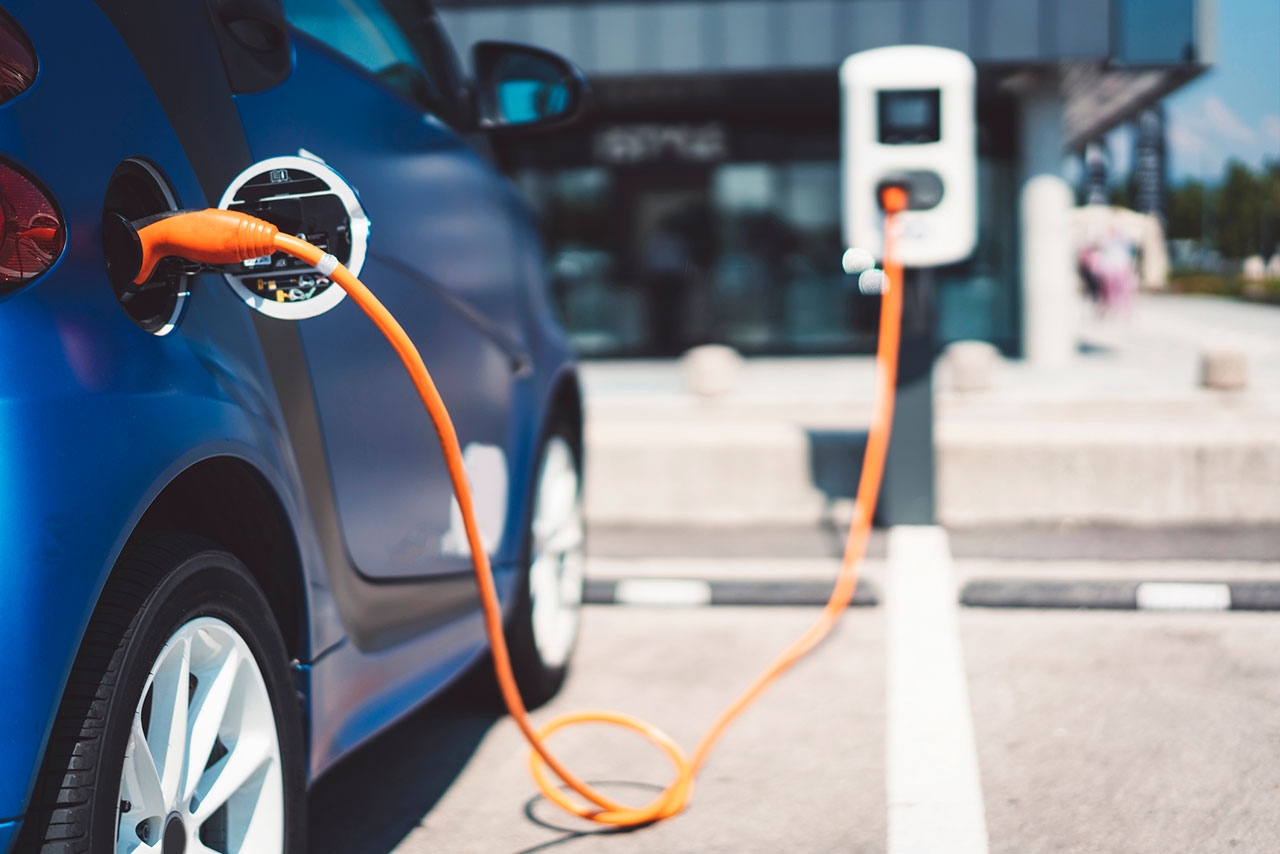How do electric cars work?
Electric Vehicles have electric motors instead of traditional internal combustion engines that run on fossil fuels. These motors are powered by a pack of batteries and these batteries must be charged on a continuous basis. The major advantages of these vehicles are that they do not emit any harmful greenhouse gases that pollute the environment and also they are quiet so do not spread sound pollution.
Major Components in EVs
1. Auxillary Battery: This powers all the accessories in the car.
2. Charging Port: To connect to the external power source.
3. DC converter: This converts high voltage DC to low voltage DC needed to power the car accessories and recharge the auxiliary battery.
4. Traction motor: This motor drives the wheels of the vehicle, it derives the energy from the electric battery pack.
5. Onboard charger: It converts the incoming AC power into DC power needed to charge the battery pack. It also monitors the charging time, battery temperature, voltage, etc.
6. Traction battery pack: Stores electricity for use by the electric traction motor to set the wheels in motion.
7. Electric Transmission: The transmission transfers mechanical power from the electric traction motor to drive the wheels.
Also Read: On-Demand Electrician App Development Cost and Features
There are two types of EVs: all-electric vehicles (AEVs) and plug-in hybrid electric vehicles (PHEVs).
All-electric vehicles (AEVs) run on electricity. Most of them have distance ranges from 128 km to 160 km, some luxury models may have ranges up to 400 km. Depending on the type of battery and charger it may take from 30 mins to a whole day to charge the battery fully.
PHEVs run on electricity for shorter ranges, then switch over to an internal combustion engine that runs on fossil fuels (petrol/diesel)when the battery is fully exhausted. This flexibility of switching over allows vehicles to cover longer distances compared to fully electric vehicles.
Powering the vehicle with electricity from the battery grid reduces fuel costs, fuel consumption, and reduces exhaust emissions compared with conventional vehicles.




















